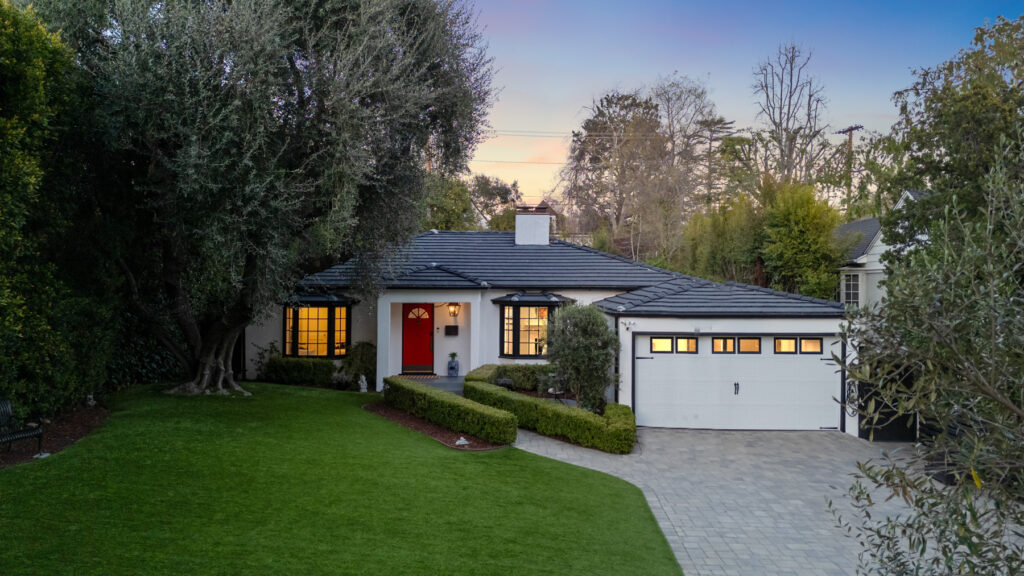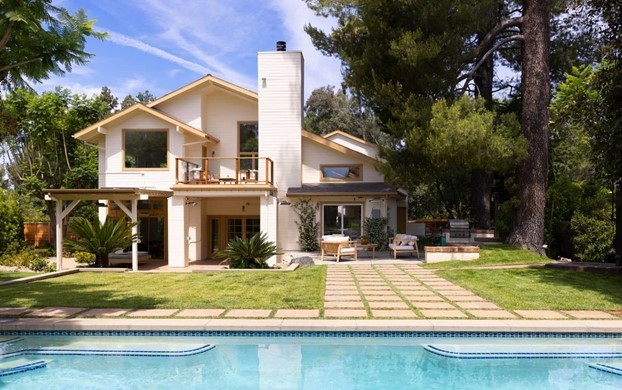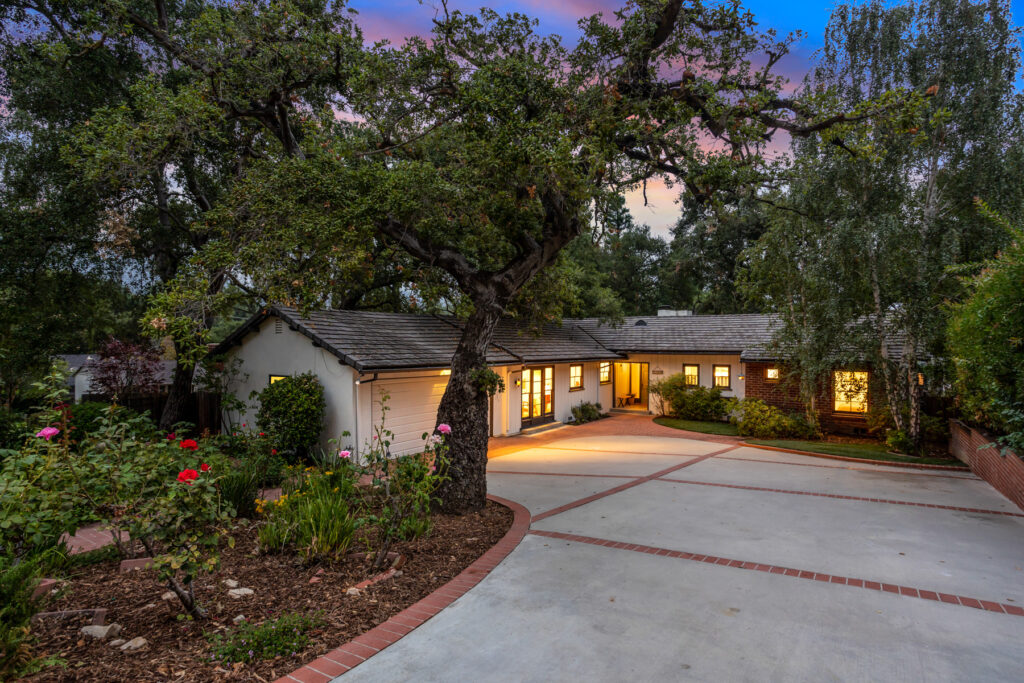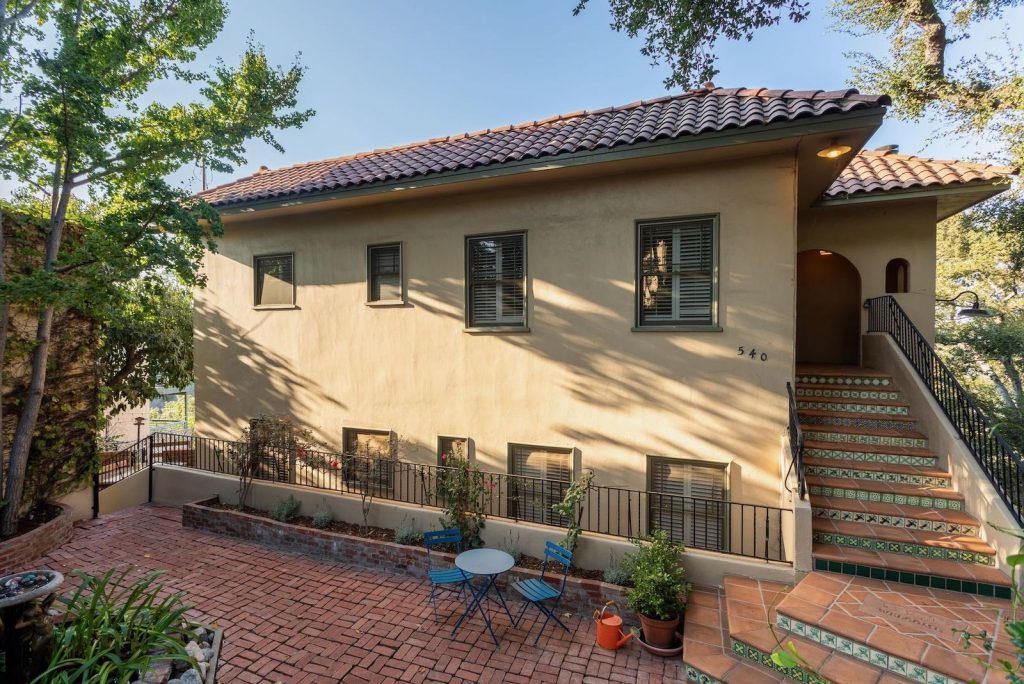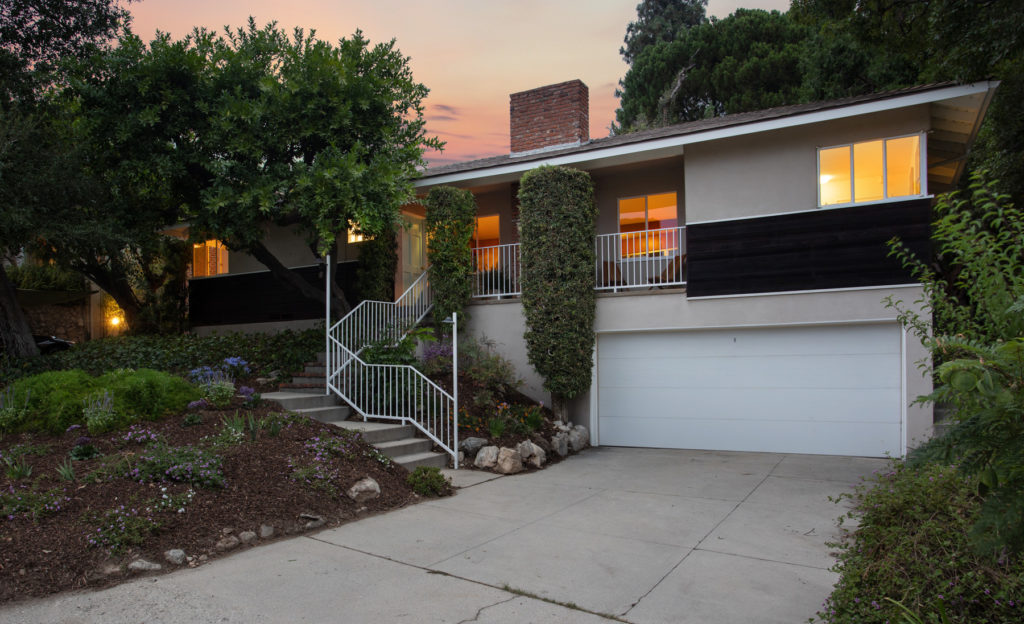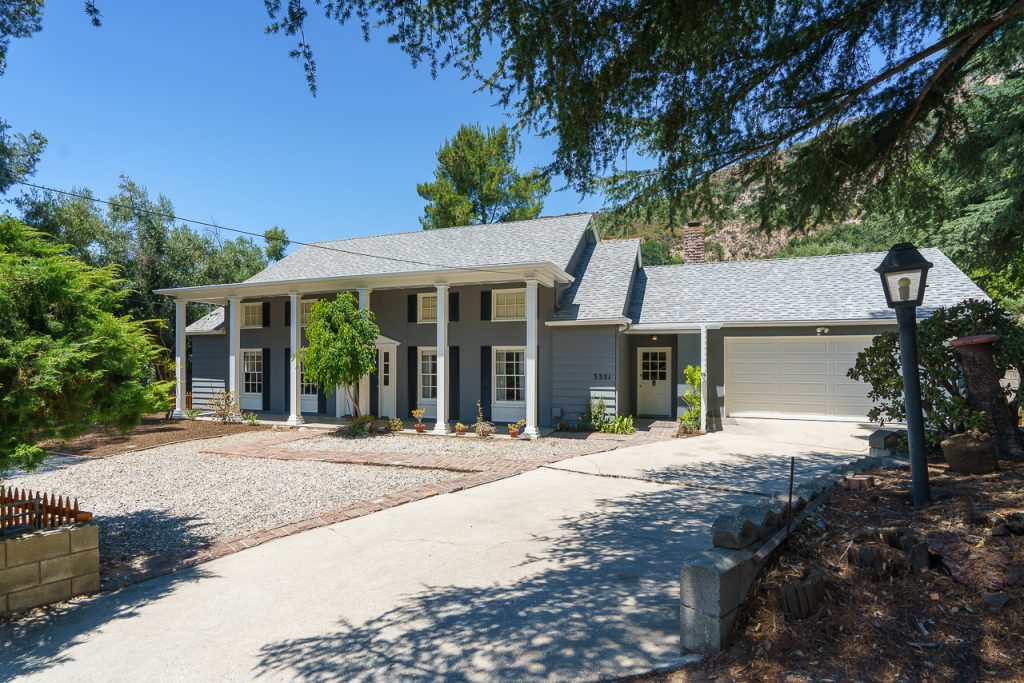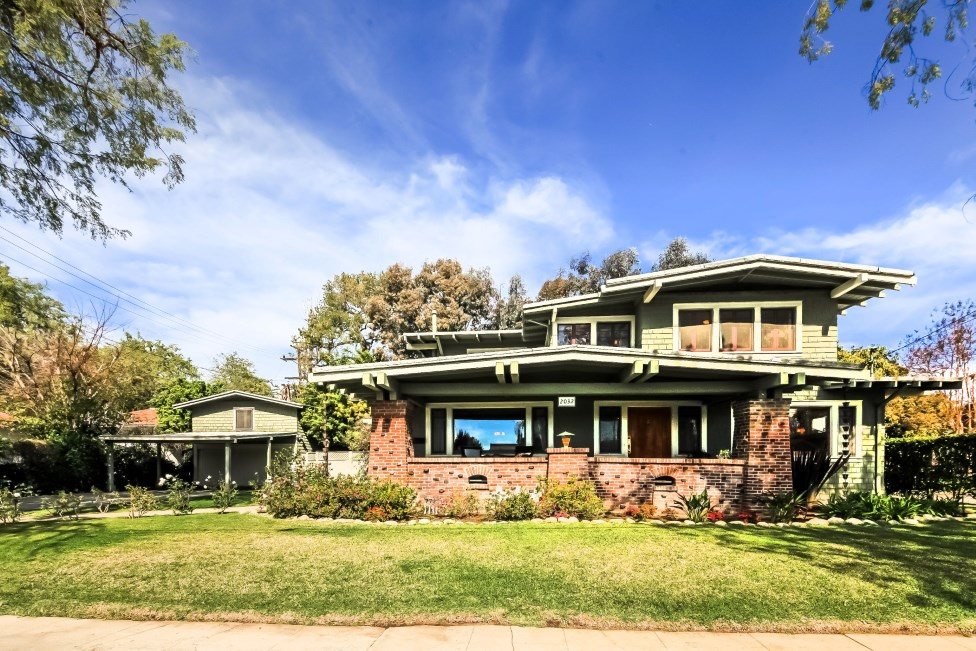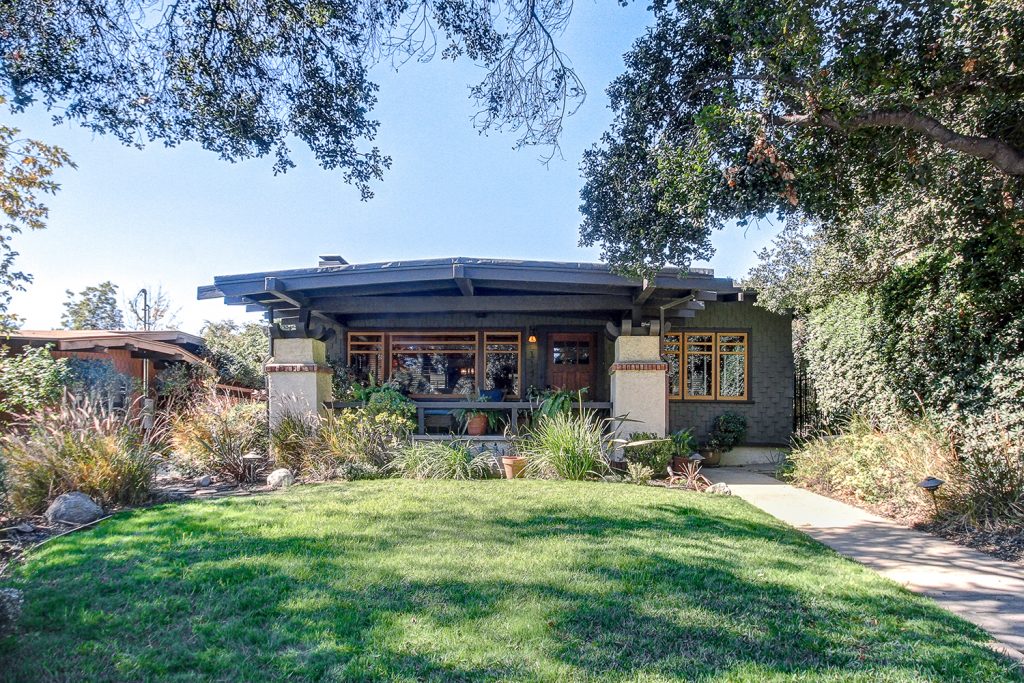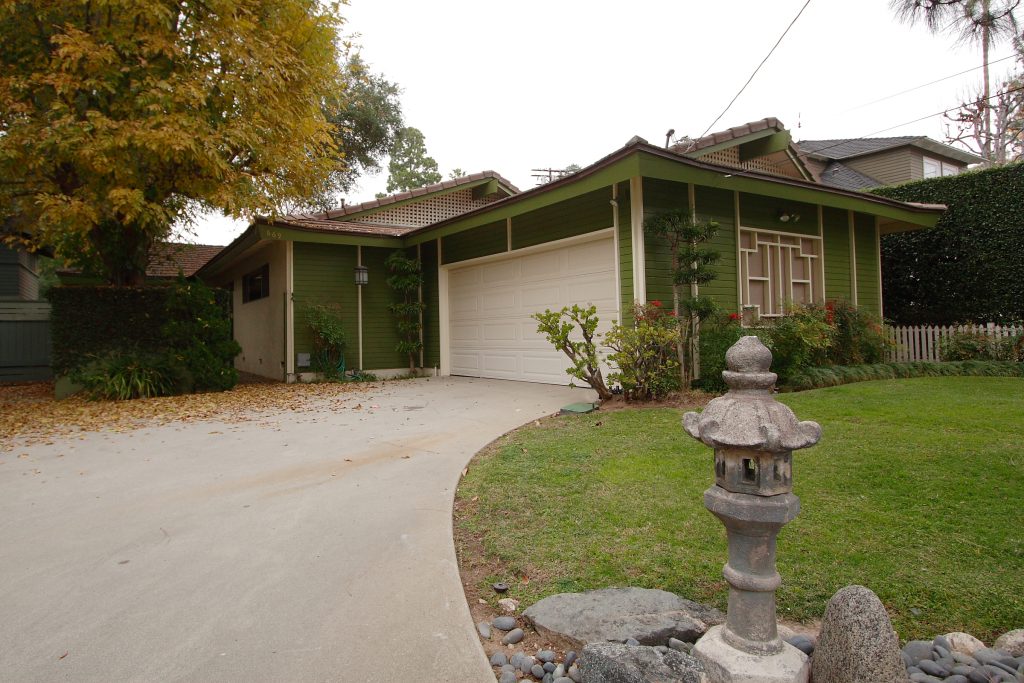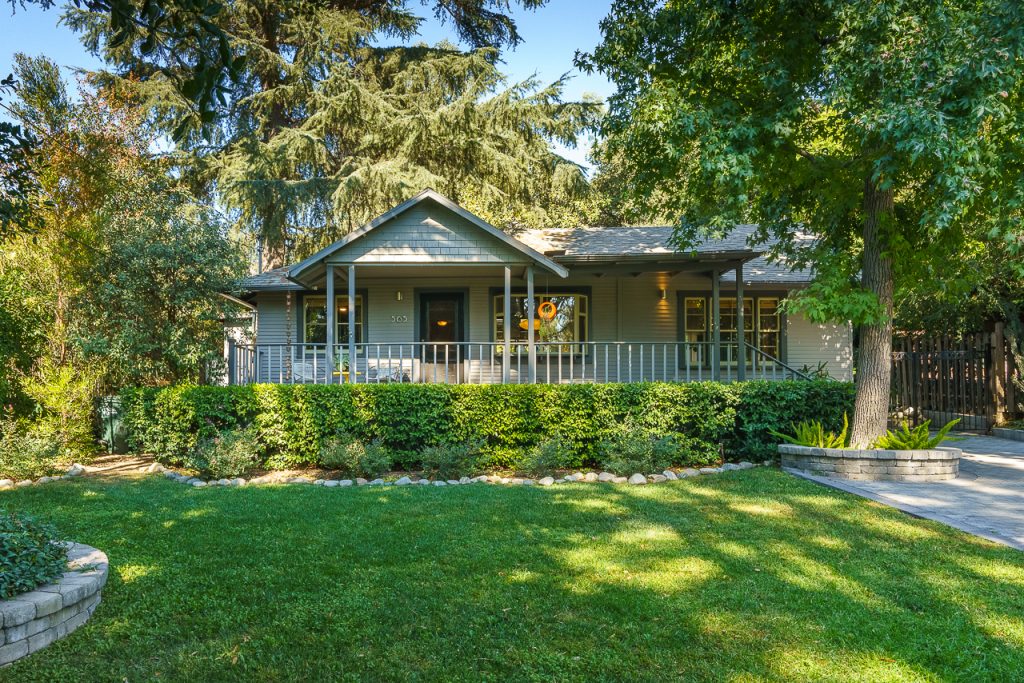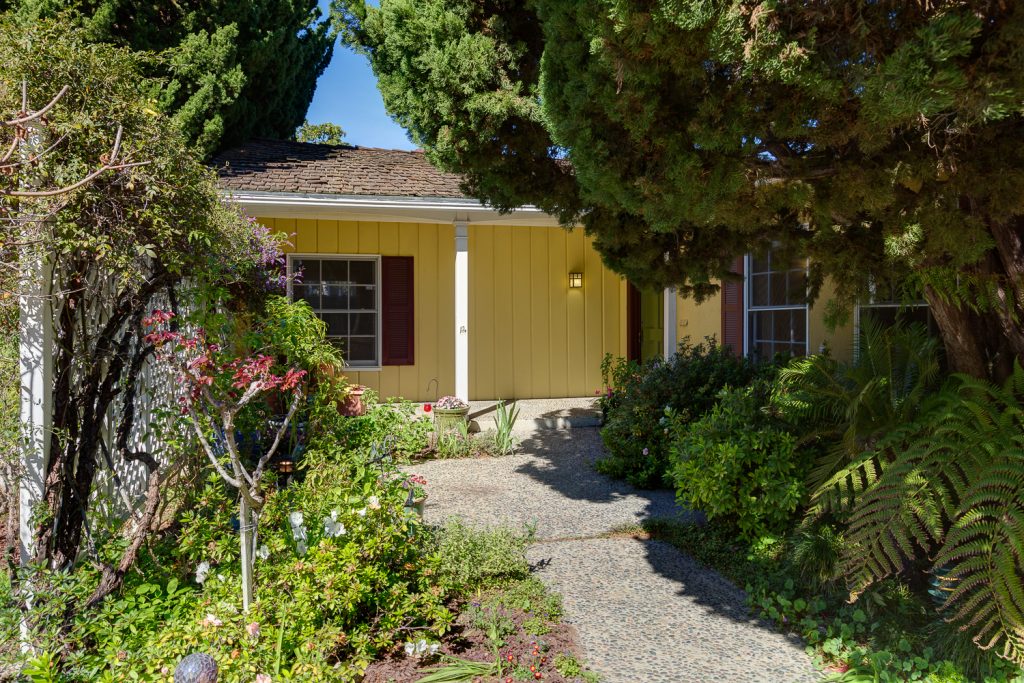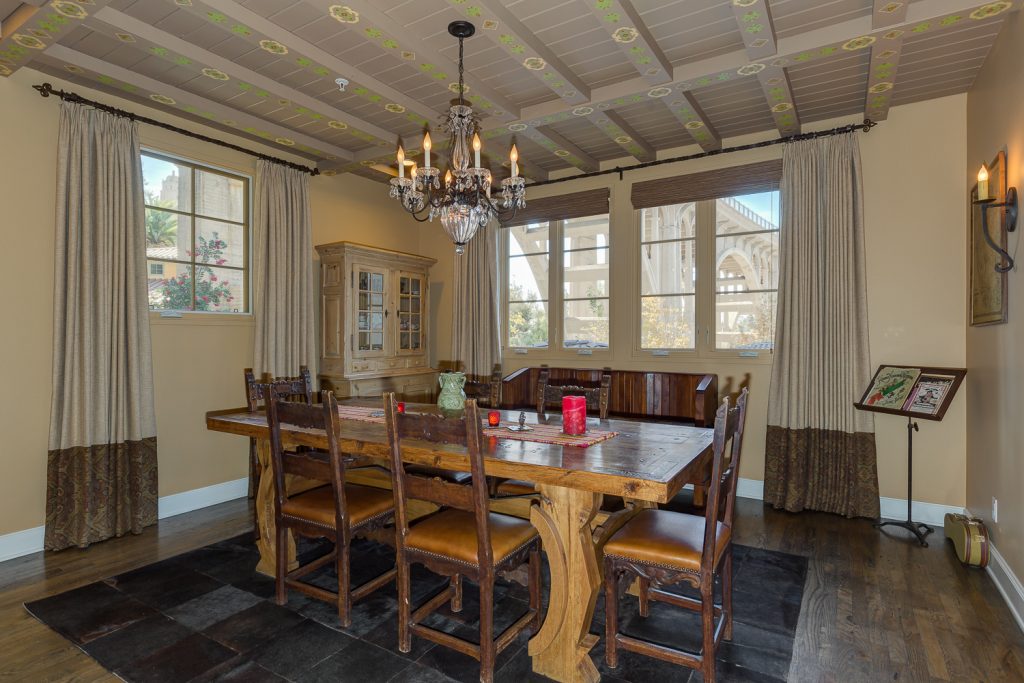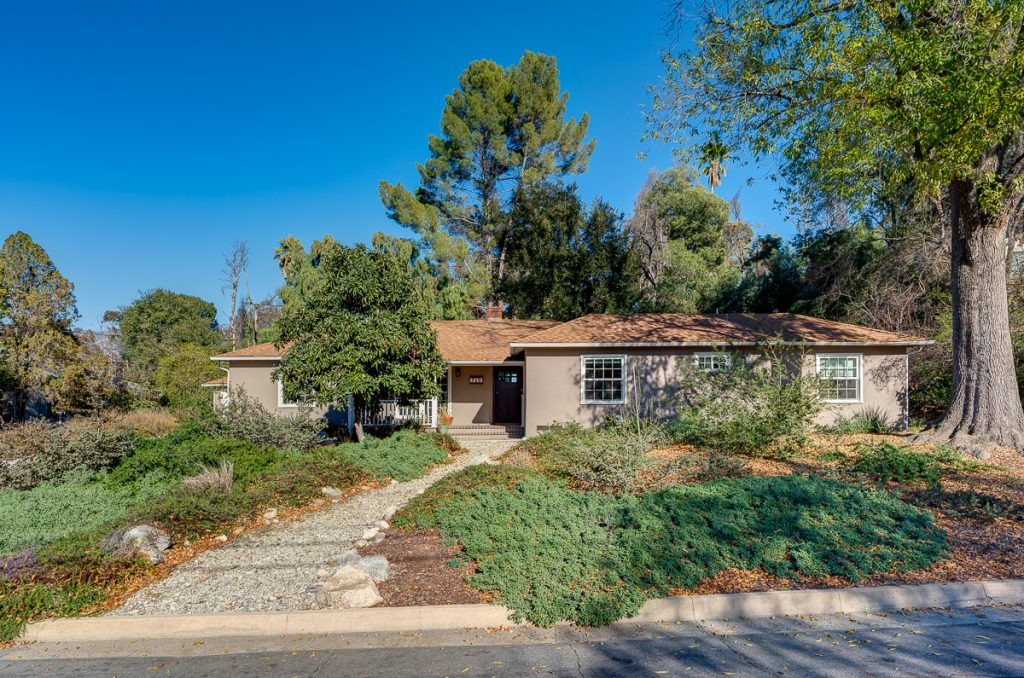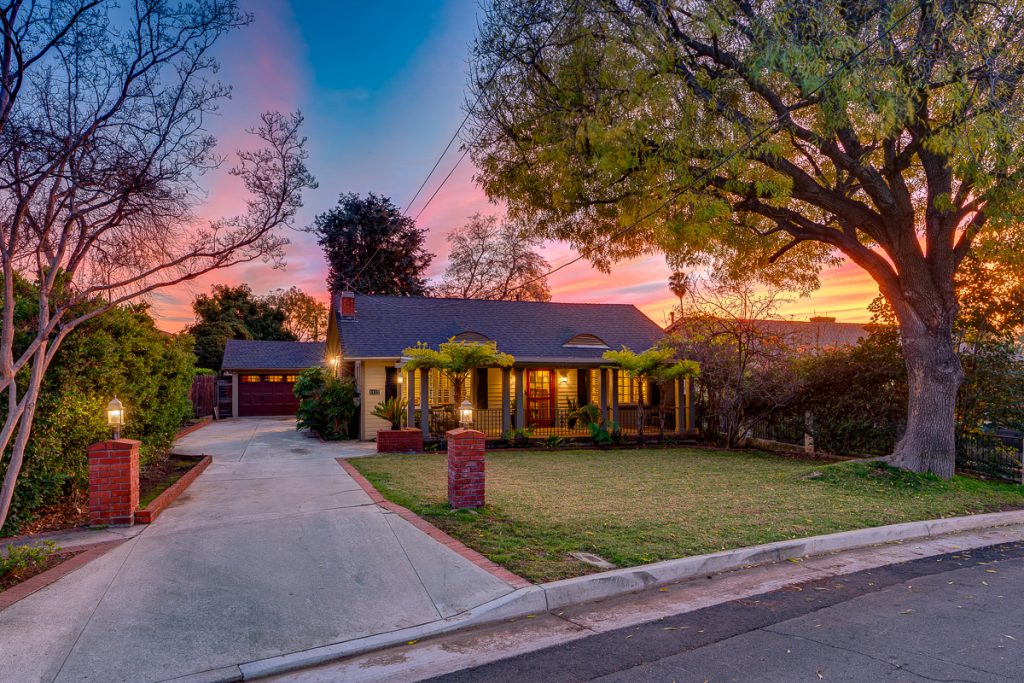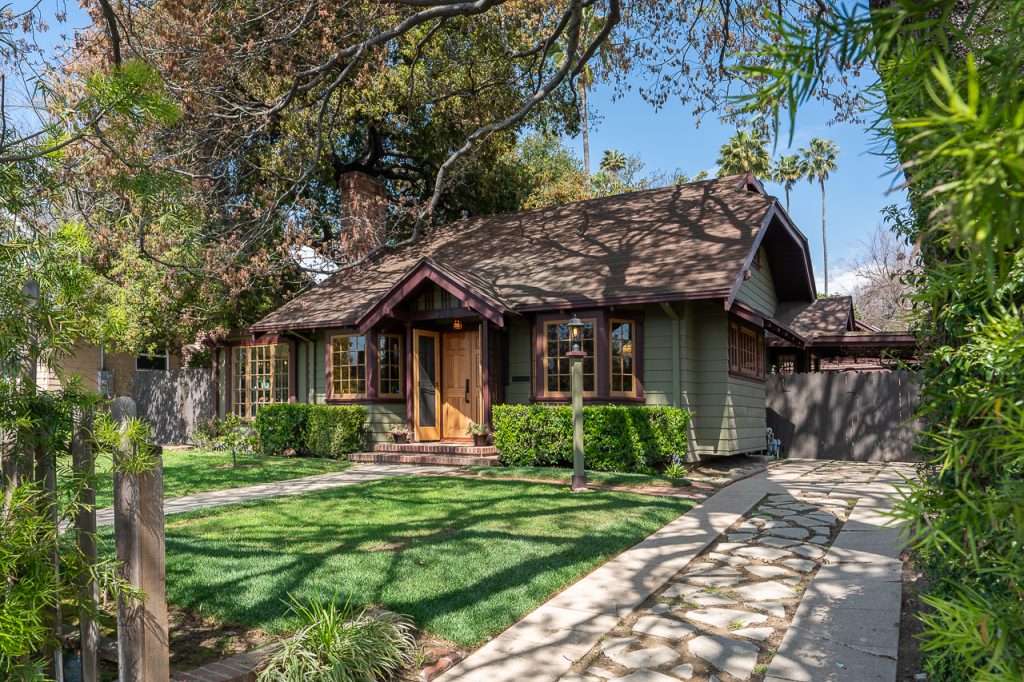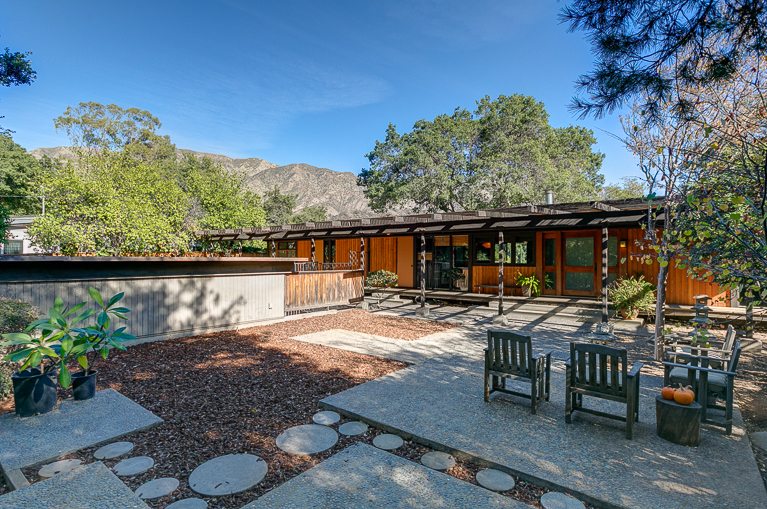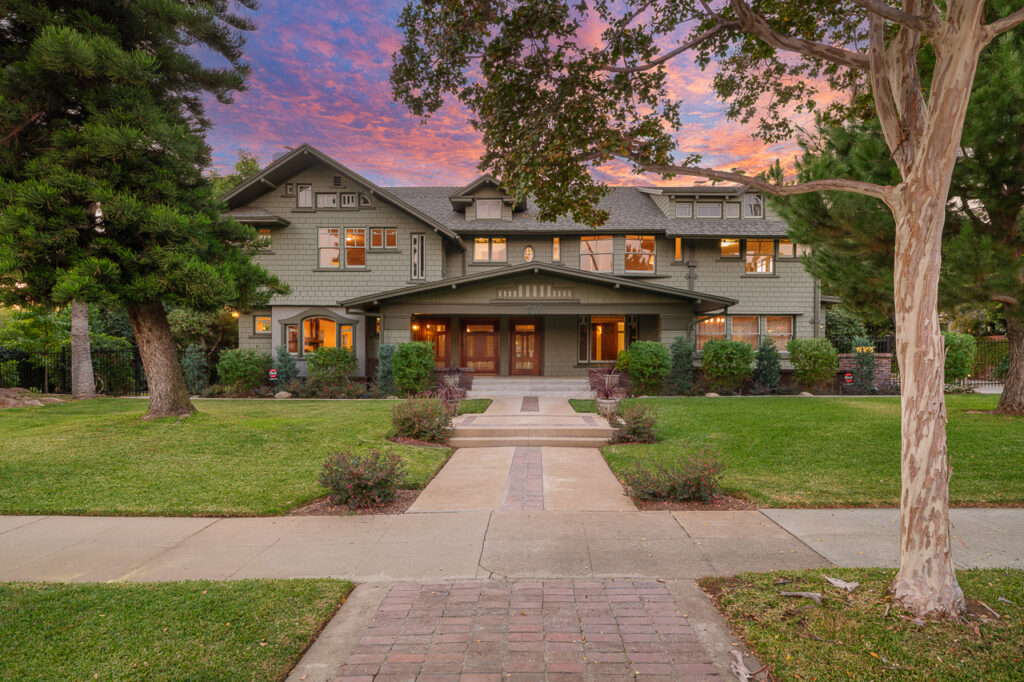Coldwell Banker
388 S. Lake Avenue,
Pasadena, CA 91101
office: 626.797.6500
Email: [email protected]
Downsizing Is Booming
Goodbye, McMansion. Hello, bungalow, condo or suburban split-level.
The Great Recession may be over, but many people’s lifestyles will never be the same. They are saving more, spending less, simplifying their lives and — increasingly — downsizing their homes.
This trend, which began with the economic downturn but has dovetailed with demographic changes, has given way to a trickle-down effect for local businesses offering services to live gracefully in tight surroundings.
There are benefits to letting go of those supersized showpieces, from the lower upfront cost to smaller electric bills and less yardwork.
Median home size has dropped 6 percent since 2007, in large part because cash-strapped Americans can’t afford to buy, heat or maintain larger homes, according to the National Association of Home Builders.
But people are still investing money in making their homes as comfortable as they can be. The trend means work for organizers, interior designers, home-furnishings stores, carpenters with tricks to maximize shelf space and, of course, self-storage businesses for those who can’t bring themselves to part with their 1980s designer clothes or collection of African masks.
Why they’re downsizing
Colleen Cotter, a broker with Keller Williams Realty, said that her six-member team specializes in helping people relocate to downtown San Diego, and “downsizers” make up 60 percent to 70 percent of her clients. “Most people aren’t buying these Dallas-size houses anymore,” Cotter said.
“They have to short-sell the big place they’ve got, and they have to rent or buy a small place in the interim.”
Clients find Cotter through the website mysandiegoagent.com. In some cases, they are older, empty-nesters who don’t need five or six bedrooms anymore. “We try to get them to sell their house in the suburbs and move downtown into a smaller footprint,” she said.
In other cases, clients are young, just starting out and can’t afford a large home.
Cotter downplays the space constraints and touts urban amenities — from wine bars to farmers markets — where they can relax or entertain friends. “You don’t have to feel like you have everything in your house,” she said.
Stephen Melman, director of economic services for the National Association of Home Builders in Washington, D.C., said that home size appeared to peak during the building boom. Since then, the trend toward smaller homes seems to be lasting longer than in previous recessions. The median floor area of new homes dropped from 2,309 square feet in the first quarter of 2007 to 2,169 square feet in the second quarter of 2010, according to the group’s analysis of Census data.
In the organization’s most recent survey, 95 percent of homebuilders said they were building smaller and less-expensive homes than in the past because that’s what consumers want.
Melman said the U.S. consumer consistently cites affordability and operating costs — mainly energy — when asked about concerns in buying a home. Small homes cost less to heat and cool.
Demographic changes play a role. As baby boomers age, they are transitioning to smaller homes that need less upkeep. Other factors in downsizing include the difficulty of qualifying for a large mortgage and the fact that many people have smaller amounts of equity in existing homes to roll into a new home.
Adding to the trend, there is a crop of first-time homebuyer, lured to the market by tax credits, who are seeking affordable small homes, he said.
Which businesses benefit?
Storage: What to do if there’s more stuff than closets? That’s where storage companies, such as Solana Beach Self Storage and its sister location, Morena Self Storage in San Diego, see an opportunity. The two facilities, online at mystorageroom.com, are locally owned with more than 20 employees, and offer help with moving for customers trying to downsize.
“Our warehouse guys are here to help them move in trucks, and we offer that for free,” said manager Chris Meehan. “That results in a lot of referrals.”
Meehan said the firm has seen business grow steadily in the past few years. Occupancy at his facility is at 90 percent, up from 82 percent in January. Recently, a client moved from a 3,000-square-foot home to a 1,000-square-foot home, putting excess stuff in storage. Monthly rates for storage spaces — which start as small as 4-feet-by-4-feet — range from $46 to $350.
DECLUTTER: For those who aim to get rid of excess belongings instead of paying to store them, there are de-cluttering experts such as Cheryl Hughes, who established her San Diego organizing business, “Allow Me,” in 2005.
Hughes specializes in helping clients downsize and gets leads through her website, allowmesolutions.com. Frequently, her customers are seniors moving into assisted living or those who have lost a spouse.
Hughes used to be a mental health nurse, which helps her address the emotional ties people have with their possessions, she said.
“I work with people who sometimes have a lot of pain around what they have to get rid of,” she said.
She charges $40 per hour, with discounts for seniors.
She helps her clients pare down to the basics, encouraging them to donate items or sell them.
Recently, she worked with a couple in their 60s who were tired of the upkeep of their 2,400-square-foot house with a swimming pool near Balboa Park. They decided to move to a small, two-bedroom condo on the bay.
Hughes helped the couple sell things on Craigslist, donate bulky items such as an antique loom and host a yard sale. “They are loving their new place,” she said.
RESIZING: Sometimes people find that their old furniture is too big, said Mike McAllister, managing partner of the locally owned Hold It Contemporary Home in Mission Valley. The store, online at holdithome.com, specializes in European contemporary and modern home furnishings, which tend to be smaller in scale than American styles.
“We see people moving from a home in Scripps Ranch to a loft or condominium building, and the scale of their furniture is too large,” McAllister said.
Customers often visit the store looking for its signature European sleeper sofas, which range from $499 to $1,595.
“The hottest seller we have is a compact love seat, just 58 inches wide,” he said. “It opens into a bed that sleeps two adults.”
The Hold It store also features a “100-square-foot living area” display.
REORGANIZE: Those who downsize sometimes need help arranging their belongings in a way that doesn’t feel cramped. That’s why they call Maryann Traficante, who started her design business, Interiors by Maryann, 25 years ago. She specializes in downsizing.
“I get clients all the time,” she said. “They’re moving, and typically these days they don’t move to a larger space. They’re just moving to something more manageable financially.”
She charges about $200 for an initial two-hour consultation; customers can find her online through interiorsbymaryann.net.
She visits the new home to take measurements, and plans where everything, from the sofa to the TV, will go. She makes suggestions for layouts, colors and paint, After she and the client agree on what’s needed, she will often shop at The Container Store for storage solutions.
One of her clients, an elderly woman who had traveled the world, had a large collection of African masks scattered throughout her large house and couldn’t imagine giving them up. Traficante helped her group them together on one wall in her new, smaller home.
“You have to be very diplomatic, sensitive and caring about what their needs are,” she said.
Since most clients end up getting rid of lots of items, Traficante has a source who will hold a garage sale or estate sale for clients, and split the proceeds with them.
REDESIGN: Contractors benefit from downsizing when they are hired to make the most of small spaces.
Troy LaCoursiere, a San Diego contractor, recently opened a local business as an affiliate of ShelfGenie, a national company headquartered in Georgia.
Shelfgenie.com provides “glide-out shelving solutions” to improve access to hard-to-reach cabinet areas. “People are always frustrated with their pantry space and not being able to get to items in the back,” he said.
Typically, a client will end up spending $1,000 to $2,000 to redo shelving, he said.
LaCoursiere takes custom measurements and orders a prefabricated product, which he installs. “We look for underutilized spaces,” he said. “Some kitchens have a blind corner if it’s an L shape, and you can use that space. You’re able to declutter.”




